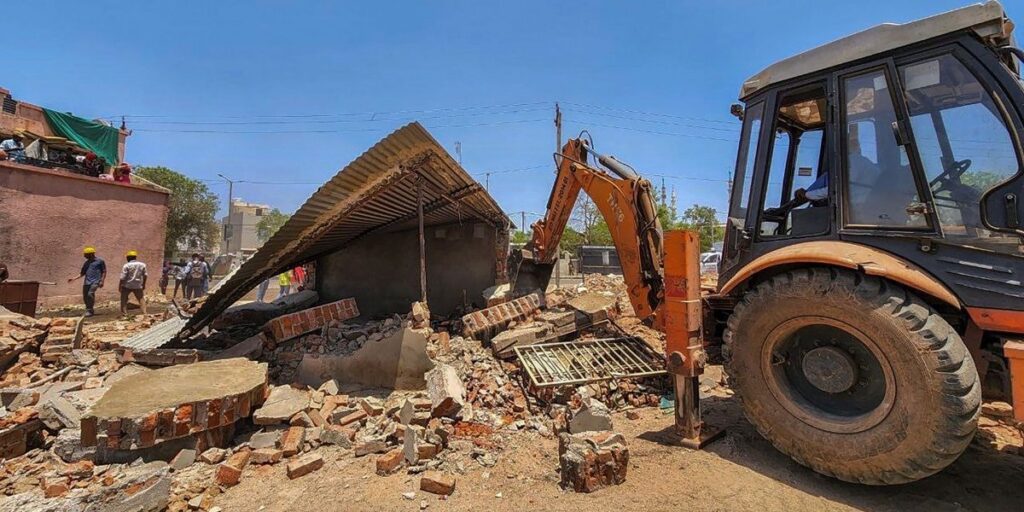Demolishing a house can be a daunting and stressful task, especially if you have never done it before. However, it can also be a necessary step towards building your dream home, renovating a property, or clearing a site for development. If you are considering demolishing a house in Australia, there are a few key things that you need to know. In this blog post, we will cover the basics of house demolition, including the legal requirements, the costs involved, and the different methods of demolition.

Legal Requirements: First and foremost, it is essential to understand the legal requirements for demolishing a house in Australia. Depending on where you live, you may need to obtain a demolition permit from your local council before you can begin work. The permit will outline specific regulations and guidelines that you must follow during the demolition process, including safety measures, waste disposal, and noise restrictions. It is also important to ensure that the site is free from hazardous materials, such as asbestos, before commencing demolition.
Cost of Demolition: The house demolishing cost in Melbourne can vary depending on several factors, including the size and complexity of the property, the method of demolition, and the location of the site. Generally, you can expect to pay between $10,000 and $30,000 for a complete house demolition, which includes the removal of all structures and debris. However, costs can escalate if there are challenges, such as difficult site access or the presence of hazardous materials.
Methods of Demolition: There are several methods for demolishing a house, and each has its own advantages and disadvantages. The most common methods include:
Mechanical demolition: This involves the use of heavy machinery, such as excavators, bulldozers, and crushers, to remove the house in sections. This method is fast and efficient but can be noisy and disruptive to surrounding areas.
Hand demolition: This involves the manual dismantling of the house, using tools such as sledgehammers, crowbars, and jackhammers. This method is slower but can be useful for salvaging reusable materials and reducing waste.
Explosion demolition: This involves the controlled use of explosives to blast the house into small pieces. This method is quick but requires careful planning and can be hazardous if not executed correctly.
Disposal of Waste: Disposing of the waste generated during a house demolition can be challenging. Most councils require that all demolition waste is disposed of at a registered landfill site, and there may be additional fees for waste removal. It is important to select a reputable waste management company that complies with all regulations and standards for waste disposal.
Rebuilding: Once the house is demolished, you may be left with a vacant site that is ready for rebuilding. This is an opportunity to start fresh and design your dream home. However, you will need to go through a separate planning and building process to obtain the necessary permits and approvals for construction. This process can take several months, so it is important to factor in this time when planning your demolition and rebuilding project.
In conclusion, demolishing a house can be a complex and costly process, but it can also be an exciting opportunity for a fresh start. If you are considering a house demolition, it is important to understand the legal requirements, costs, methods, and waste disposal options to ensure a safe and successful project. By following best practices and working with trusted professionals, you can achieve your goals and create a new home that you can be proud of.